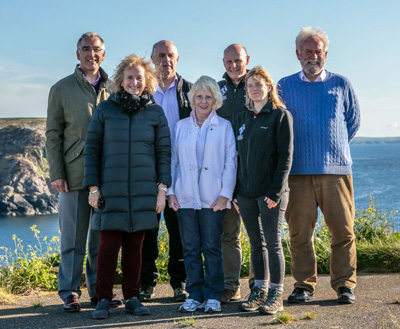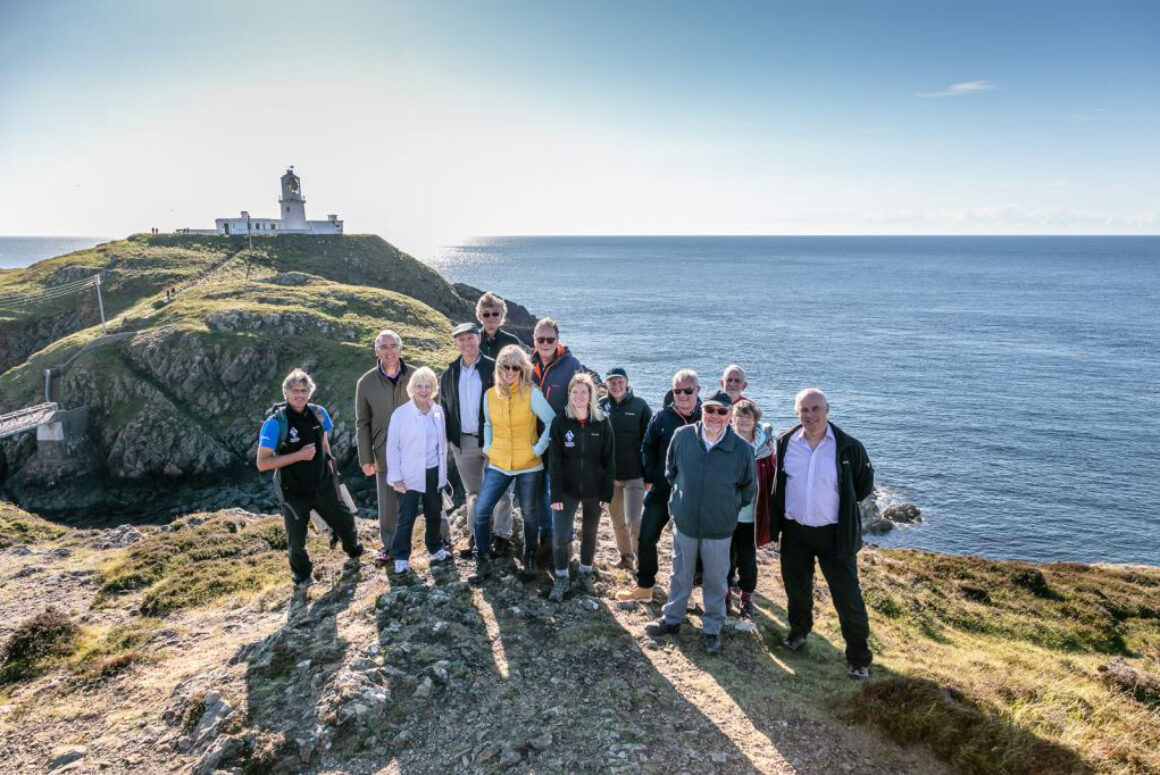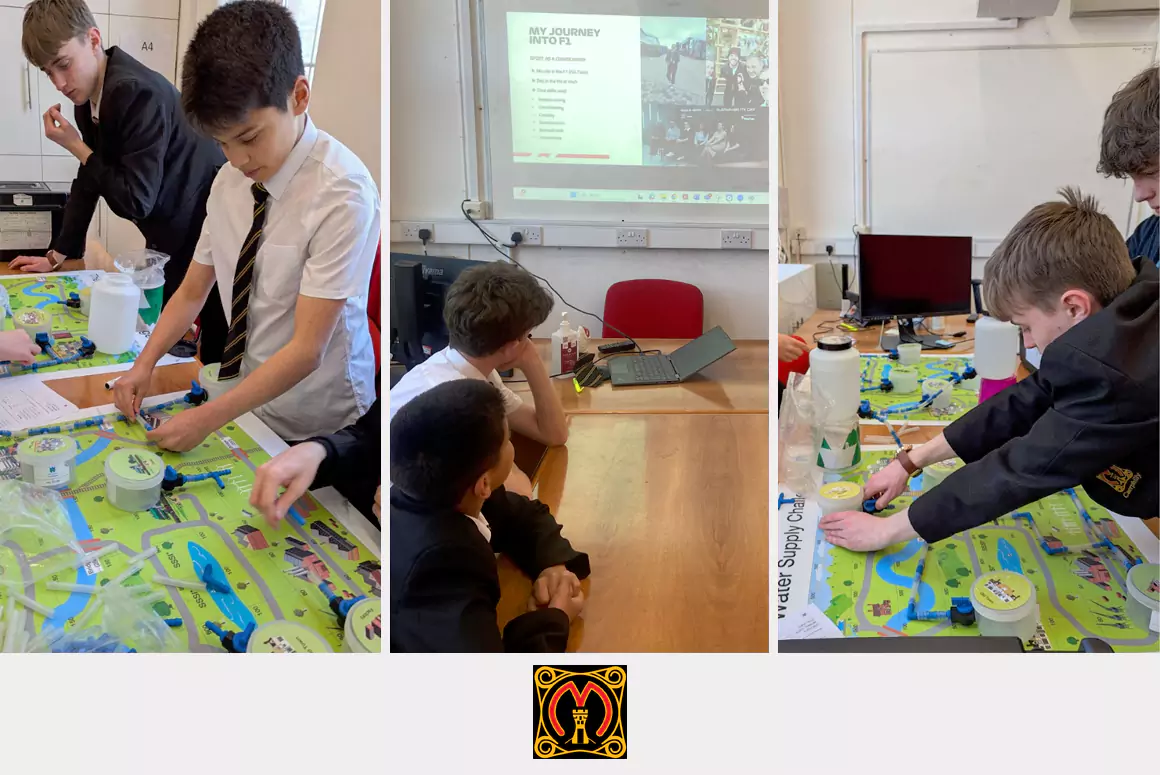![]()
The launch of the Pembrokeshire Coast National Park Trust took place recently at Strumble Head lighthouse.
Over 20 guests and Trustees gathered at Strumble Head and were treated to a walk along the coast with National Park Authority Ranger Ian Meopham and a guided tour of the historical lighthouse.
Pembrokeshire Coast National Park Trust Chair Elsa Davies LVO said,
“The breath taking launch location at Strumble Head was a perfect setting for illustrating the important work of the Trust. It brought into focus so many of the key projects that the new Trust is working to fund.”
 Pembrokeshire Coast National Park Authority External Fundraising Manager Jessica Morgan, who is also the Director of the Trust said:
Pembrokeshire Coast National Park Authority External Fundraising Manager Jessica Morgan, who is also the Director of the Trust said:
“The Pembrokeshire Coast National Park Trust was set up to promote the conservation of Pembrokeshire’s stunning landscape and wildlife, enhance its unique and distinctive attributes as well as safeguarding its exceptional qualities for future generations.
“We are currently looking to fundraise £10,000 for our Make More Meadows appeal to help protect and restore the existing meadows in the National Park and work with landowners to create new ones. Meadows are crucial habitats for insects which are essential to pollinate fruits, vegetables and flowers.”
For further in information about the Trust and how you can donate, contact Jessica Morgan on 01646 624808 or email jessicam@pembrokeshirecoast.org.uk.
Donations can also be made to the Pembrokeshire Coast National Park Trust through its website www.pembrokeshirecoasttrust.wales.
The Pembrokeshire Coast National Park Trust is a charity registered by the UK Charity Commission No 1179281.
Strumble Head Lighthouse
Strumble Head Lighthouse was built by Trinity House in 1908, marking the dangerous stretch of coast for vessels between Ireland and Wales.
Built:1908
Height of Tower: 17 m
Height of light above Mean High Water: 45 m
Automated: 1980
Electrified: 1965
Optic: 1st Order catadioptric
Character: Fl (4) 15s
Intensity: 1,000,000 candela
Range of light: 26 NM
Region: West
Strumble Head Lighthouse stands imposingly on Ynysmeicl (St. Michael’s Island), an islet to the west of Fishguard, separated from the mainland by a very narrow gap through which the sea boils and froths in stormy weather.
The station was built for the greater safety of sea traffic between Ireland and Fishguard Harbour, located behind cliffs and a breakwater three miles to the east. The light also formed a link with South Bishop light, 18 miles to the south-west. This stretch of coast is very dangerous, and some 60 vessels are known to have been lost along it in the 19th Century alone.
The original revolving lens system weighed 4½ tons, supported in a bath of mercury to reduce friction. A massive clockwork mechanism rotated it, driven by a quarter-ton weight which, suspended on a cable, dropped gradually down a cylinder running from top to bottom through the tower and had to be re-wound every 12 hours. The optical system was replaced by more compact equipment when Strumble Head lighthouse was fully electrified in 1965.
Despite the footbridge to the mainland across the narrow sound, Ynsymeicl’s isolation and steep slopes set building problems typical of more remote rock towers. Building material and regular supplies were swung across by jackstay cable, between the winches near the cliff-top on the mainland and beside the lighthouse. The handrail of the footbridge and the steps to it also had a special purpose, as the pipeline to carry oil into the tower basement.
Strumble Head Lighthouse was converted to unmanned automatic operation in 1980. The lighthouse is now monitored and controlled from Trinity House’s Planning Centre in Harwich, Essex.





